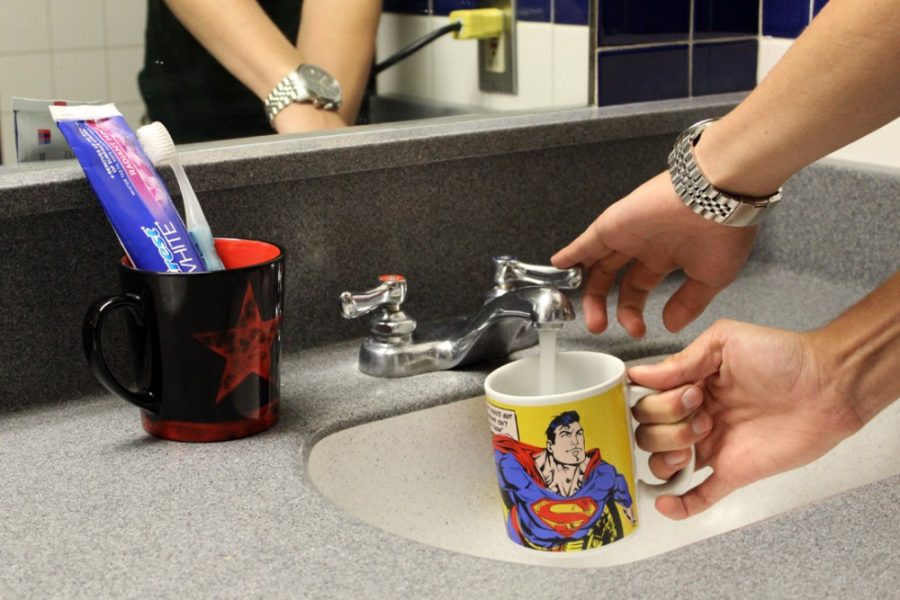According to the U.S. Centers for Disease Control and Prevention, community water fluoridation acts as a safe, healthy and effective way to prevent tooth decay and is considered one of 10 great public health achievements of the 20th century. In 2012, 74.6 percent of the U.S. population on public water systems had access to fluoridated water. Over 3 million people in Arizona receive fluoridated water, but Tucsonans are not included in that number.
Dental research has indicated that cases of tooth decay are lower among people who have access to water supplies with higher levels of natural fluoride. Subsequent studies show that concentrated fluoride in plaque and saliva help to prevent enamel breakdown.
“Tucson Water does not fluoridate the water it delivers,” said Susanna Eden, assistant director of the Water Resources Research Center. “Naturally occurring fluoride in the water varies, but is approximately 0.4 parts per million, which is lower than the 0.7-0.8 parts per million recommended to prevent dental caries.”
In the late 1960s, the Central Arizona Project was created to bring about 1.5 million acre-feet of Colorado River water to Pima, Pinal and Maricopa counties each year. The system is the largest single resource of renewable water supplies in Arizona. However, using this additional supply posed problems for water fluoride concentrations, said Dr. Philip Mooberry, a Tucson dentist.
“Most of our water around here before the Central Arizona Project was all ground water that had to be pumped,” Mooberry said. “Because of the Rocky Mountains and the terrain, there was naturally occurring fluoride in all of our wells. So when the project was brought in here, we realized that essentially by bringing in water and mixing it with our water that has fluoride, they’re diluting the concentration. They’re diluting it to where it is hardly being recorded.”
In 1992, Mooberry and other local dentists lobbied for the fluoridation of the local water supply in conjunction with the Central Arizona Project. The Tucson City Council mandated the fluoridation, but it never happened.
“We found out a few years ago that they haven’t been doing it and the people haven’t been getting fluoride,” Mooberry said. “Now people that take their kids to dentists, older people that see the dentist, its not a huge point because we give out fluoride varnishes and rinses. It’s the poor people. We have a huge population here of people that don’t get dental care. And because there’s now a larger prevalence of sugar drinks and juices, it’s epidemic, and it shouldn’t be.”
Both Mooberry and Eden agreed that fluoridation can be seen as a social justice issue. Failure to fluoridate drinking water results in increased rates of dental caries that disproportionately affects the poor, Eden said. Mooberry said tooth decay is the most common reason children are absent from school or go to the school nurse.
Mooberry said the fluoridation issue needs to be readdressed.
“We need to start the process all over again,” Mooberry said. “It’s something so easy to do. This is something that is so simple to rectify, and it’s not being done. This is health and well-being, and to me, it is so basic.”
_______________
Follow Kimberlie Wang on Twitter.









